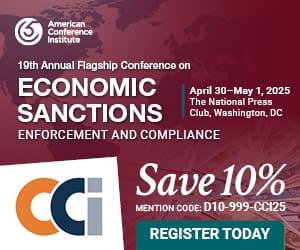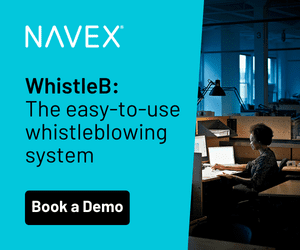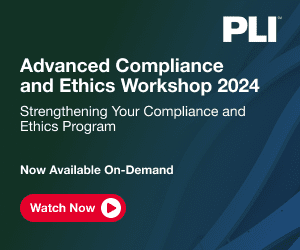The pressure to innovate at breakneck speed creates constant tension with compliance requirements in today’s AI landscape. In this month’s Ask an Ethicist column, Vera Cherepanova hands the reins to an unexpected guest adviser: Connie, Wellcome Trust’s pink puppet conscience, whose fresh perspective and five-point framework offer wisdom for navigating innovation’s ethical tightrope.
I work at a fast-paced AI startup where innovation and speed are everything. Our leadership constantly pushes us to “take risks” and “think outside the box,” and that approach has brought us success so far. In my role as a compliance officer, I need to ensure we follow regulations and mitigate risks. Recently, the product team proposed a new feature for our AI platform that they believe will revolutionize the industry. It’s ambitious, creative and has huge potential, but when I reviewed the plans, I flagged several concerns. Leadership wants to launch quickly, arguing we can address issues later, but I worry this approach could backfire, exposing us to legal and reputational harm. I want to support company spirit and innovation and understand the need for calculated risk in a competitive industry, especially in AI, where being first to market can make or break a company. At the same time, I worry that launching this feature without addressing these concerns could backfire. Should I push back or let go? — NAME WITHHELD
To help me answer this dilemma, I’ve decided to invite a special guest to weigh in and share their wisdom. For this edition on the tensions between compliance and innovation, I could have asked robot Sophia to step in, but I thought she might produce a biased response. Instead, I found someone much better: Meet Connie, the newest recruit to the ethics team at the Wellcome Trust, a global nonprofit foundation with a vision of a healthier future for everyone.
Connie, short for conscience, is a pink puppet created to help guide Wellcome’s staff through ethical dilemmas and moments that matter. They’re an innovation in their own right, having gone viral, sparking interest from corporations and regulatory bodies worldwide. It’s only fitting that they make an appearance here in the column to share their perspective.
***
Hello! Connie here, your conscience.
Well, you’re right. This is a tricky one isn’t it? And you’ve done the right thing in pausing, taking a breath and thinking about it.
As compliance officers, I’m sure we’ve all had similar experiences of this tension that can so easily manifest between innovation and compliance — legal and compliance teams, with the best of intentions, so often find themselves being labelled as a blocker or the Department of No. But that’s not what we’re really about. Yes, we provide guardrails, but we’re really here to help, to provide confidence in making hard decisions in moments that matter.
This question relates to an AI startup, yet it is familiar in all sectors — even the nonprofit sector, where I now work! And I know that it can feel like an impossible tightrope to walk. Fast-paced management doesn’t always like checks and balances that can feel constraining, yet the noncompliance stakes feel high-risk, both in likelihood and impact. In some sectors, like humanitarian disaster response, where a lack of pace can literally be a matter of life and death — decision making can be really hard. But don’t worry, I’m here to help.
In this example, management is saying “Don’t worry, we’ll cross that bridge when we get to it,” but so often we compliance officers want the security and comfort blanket of planning ahead with robust controls in place. It can be tough to find a workable solution. But we mustn’t give up; we need to strive to find a way of working where compliance supports the delivery of strategy through appropriate controls, checks and balances.
The root to long-term success in these situations has to be to develop a compliance function that combines appropriate, risk-based pragmatism, avoiding any perception of tick-box compliance and unnecessary bureaucracy and developing a culture in which compliance is an early-engaged, strategic partner, providing value-added decision-making confidence and not being (or being perceived as being) a constraint.
Talk to me, Connie, your conscience, early, so I can help.
Of course, there are times (and there will always be times!) where we compliance officers need to make assessments that will challenge the business — and sometimes that means saying no. But we should be proportionate and pragmatic in this respect, right?
In Fractious Political Times, How Do Leaders Keep Teams Together?
Ethical frameworks can help managers avoid taking sides while they foster understanding
Read moreDetailsI always tell my colleagues that the starting point is to check laws and policies for any clear red lines, but in areas like AI, the world is often moving faster than laws and policy can keep up. We need to recognise that lots of situations we find ourselves in will not be clear-cut and there won’t be rules or guidance. When that happens, we need to pause, think and ask ourselves “Is it OK?” In these sorts of moments that matter, I help my colleagues by asking them the five key questions set out in our code of ethics to help them choose their choices and decide their decisions:
- Does this fit with our beliefs and values?
- What are the risks?
- What would your colleagues think?
- What would the public think?
- Does it feel right?
In essence, just ask yourself, “What would Connie do?”
In moments that matter, there is often no straightforward answer, but by honestly and consciously asking ourselves these questions, we can often give ourselves confidence in our choices.
And I think this could provide you with a helpful framework for your dilemmas, too. How do those potential benefits, and potential concerns, fit with our beliefs and values? What really are the risks and opportunities here? How about asking colleagues for their thoughts? What might the public think if this went ahead — or if it didn’t? What does your gut say?
You know what’s right; sometimes you just need a quick chat with me, Connie, your conscience.
***
Thank you, Connie, for your thoughtful and practical response. The tension between compliance and innovation is a challenge familiar to many, especially in fast-evolving industries like technology or AI. But innovation isn’t just about tech: Connie is a prime example of using innovation to engage people in navigating ethical dilemmas with reflection and creativity.
As Connie pointed out, the key lies in striking a balance: Compliance should be a strategic partner to innovation, providing confidence in critical decisions without being seen as a barrier. Ethical choices are rarely simple, but frameworks like Connie’s provide a clear and thoughtful path forward. Let’s take their advice to heart: When faced with tough calls, pause and ask, “What would Connie do?”

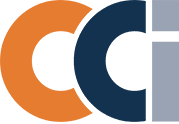

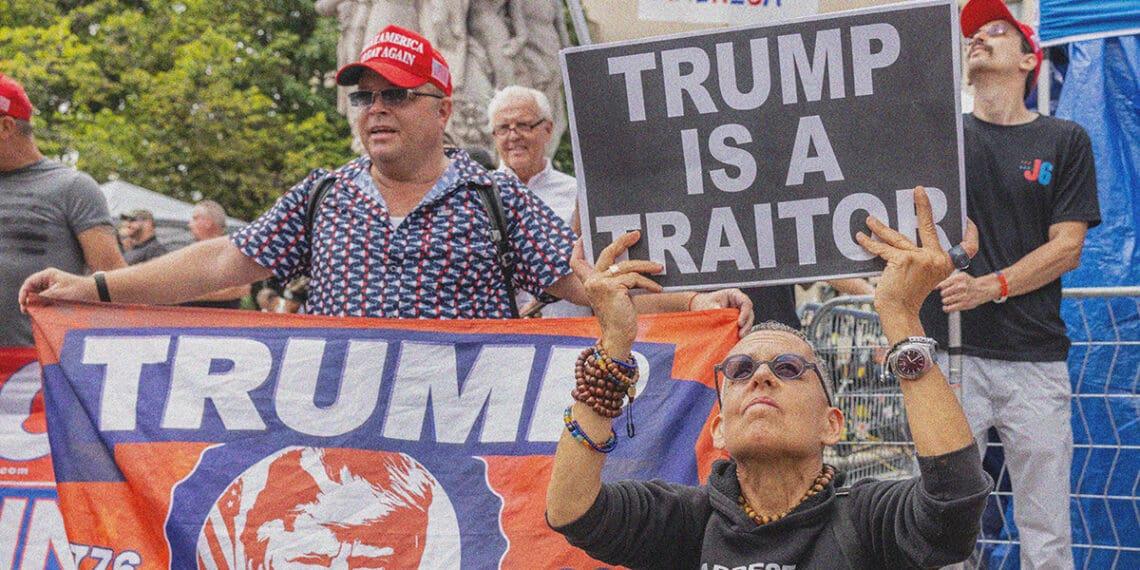
 Vera Cherepanova
Vera Cherepanova






